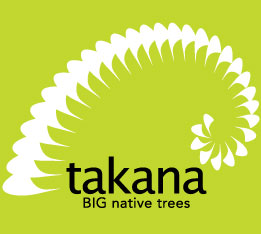What then is the future of CCF in NZ?
Because it is a management system which offers considerable benefit over and above timber production it is predicted that it will become more common over time.
CCF produces not just timber but also environmental and social benefits including improved biodiversity, protection of soil & water values, landscape enhancement, and more effective carbon sequestration. It is with native forestry that the major gains will be made.
The forest owner who practises CCF provides these services, which offer a distinct advantage over clear felling.There is evidence to show that forests managed under CCF produce higher values for carbon sequestration, landscape, biodiversity, soil and water than clear-fell forests.
It should be noted that NZ has a lack of depth about the ecology of so many of our native species, many of which are likely to be most appropriate for CCF. Of beech (Nothofagus menziesii) and kauri (Agathis australis) we have reasonable knowledge. Of most of the other 35 or so quality timber species—each of which will add to the biodiversity of our forestry– there is much still to learn.



